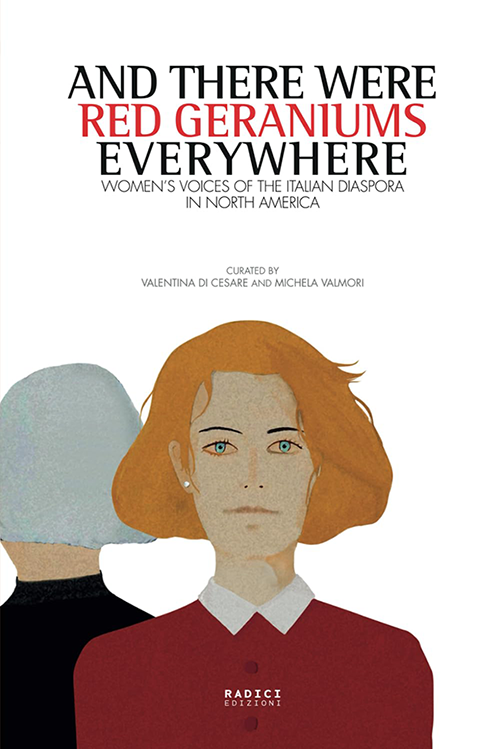
By Karen Tintori (Contributor)
Ethnic literature has, at times, relied on rhetoric imbued with folklore, grandmothers, recipes, and prejudices. That’s not the case here. While grandmothers, ...
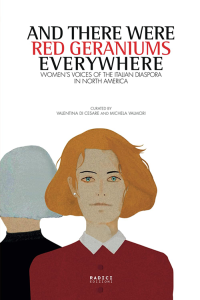

By Karen Tintori (Contributor)
Ethnic literature has, at times, relied on rhetoric imbued with folklore, grandmothers, recipes, and prejudices. That’s not the case here. While grandmothers, ...
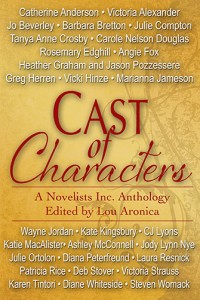
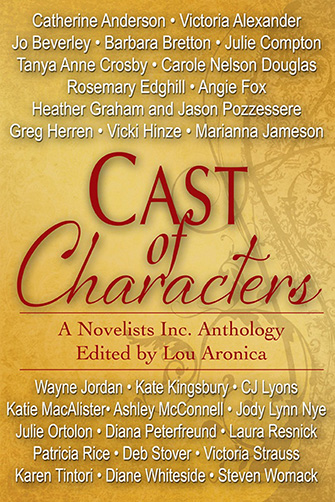
Featuring Down Under By Karen Tintori
Twenty-eight leading voices in fiction - Including eleven New York Times Bestselling Authors - join together In a celebration of great storytelling. We ...
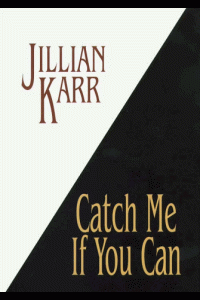

By Jillian Karr (pseudonym of Karen Tintori and Jill Gregory)
Miss America has vanished and photographer Cat Hansen refuses to sit and wait for someone to find her missing sister. Charging ...
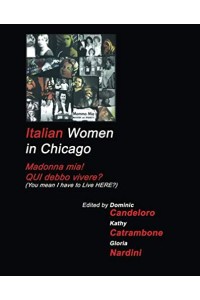
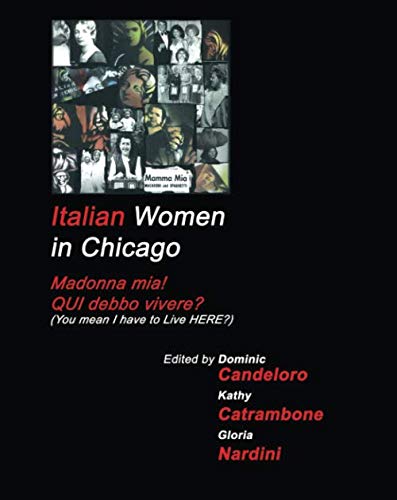
By Karen Tintori
Featuring two accounts by Karen Tintori, this latest book from Casa Italia is an anthology about the Italian American experience as seen through the eyes of women. The first ...
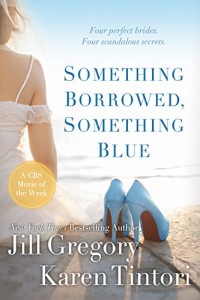

By Karen Tintori and Jill Gregory -- originally published under the pseudonym Jillian Karr
Four glamorous women. Four perfect brides. Four deadly secrets. When Perfect Bride magazine ...
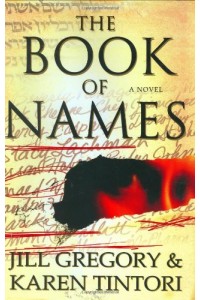

By Jill Gregory and Karen Tintori
David Shepherd knows the names of the thirty-six Righteous Souls, upon whose existence -- the Talmud says -- God keeps the world in existence. Thirty-three of ...
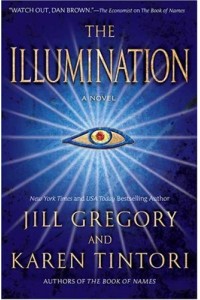
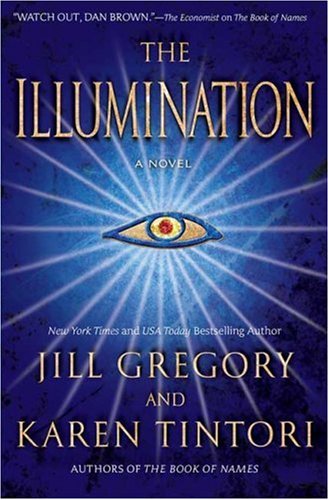
By Jill Gregory and Karen Tintori
Museum curator Natalie Landau fights to learn who murdered her reporter sister in Iraq -- and battles powerful forces pursuing the mysterious gift her sister ...
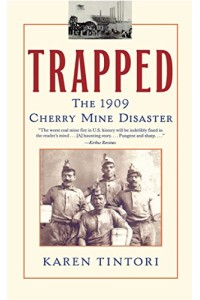
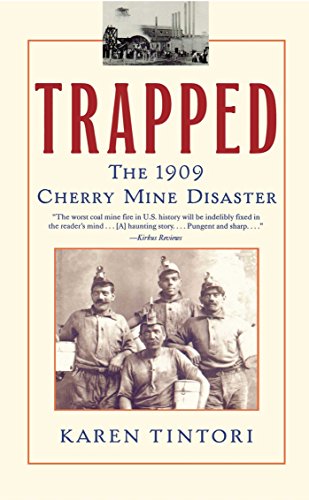
By Karen Tintori
One of the Chicago Tribune's Favorite Books of 2002, Trapped is the story of the worst coal mine fire in U.S. history, and still stands as that country's third worst coal ...
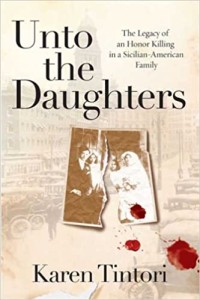

By Karen Tintori
Unto the Daughters is the story of a secret guarded so fiercely for nine decades that members of Tintori’s family died without ever learning of it. Unto the Daughters ...


By Rabbi E.B. Freedman, Jan Greenberg and Karen A. Katz
Is everything in the Bible true? Why are there bad people in the world? Can't God stop them? Why do I need to learn to read, write, and ...
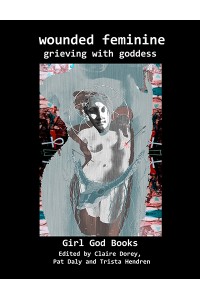
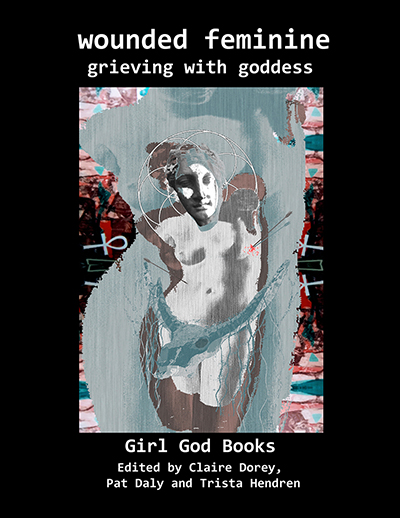
When state and religion collude to cement masculine power and undermine and control women it makes sense to look to a spiritual age, before patriarchy even existed, where the Goddess held ...
The June 24 Festa di San Giovanni -- the Feast of St. John the Baptist -- is a holiday celebrated by Italians in numerous cities since pre-Medieval Times. In some cities today, the celebration can last two to three days, with markets, and festivities each day. On the evening of June 23 bonfires are lit, nascent green walnuts are gathered from the trees, and the evening dew is collected in barrels and from the grass since it is believed to be imbued with magical powers. Tied to the Summer Solstice, this feast of a Catholic saint retains numerous pagan underpinnings. The bonfires are a reminder of those lit on the shores of Genoa to welcome St. John's relics to the city in 1098. In ancient days, the harvest of black walnuts while the husk is still tender and green to make a liqueur called Nocino was done by young virgins who climbed the trees, knocking down the nuts and then spreading them across the fields to absorb the evening's magic dew. Quartered the next day, then infused in a bath of alcohol and spices for six months, the green nuts produce a wonderful, rich, dark liqueur. Luckily for me, my son and daughter-in-law have a huge walnut tree in their front yard, and I get to make Nocino from the nuts my grandtwins collect for "Nonnie."
Pagan practices and Catholic traditions meld in this holiday. The night of the 23rd, also tied to the Divine Feminine, is an auspicious night for healers. The water collected from the dew is symbolic of St. John's baptismal waters. The streghe -- the healers, the white witches -- would collect the potent evening dew, adding herbs and other ingredients to make new batches of potions and ointments, leaving these mixtures outside overnight to soak up the energy of the moon. Some of this precious water was infused with flower petals overnight in the belief that washing one's face with the mixture on the morning of the 24th brought good luck and renewed beauty and protection from malocchio -- the evil eye.
Italian proverbs say that anything can happen and everything can be remedied on this night, especially love. St. John's Eve was a time for divination of love by young men and women, who would drop molten lead into cold water and then interpret the hardened shapes left behind. In the alternative, should no lead be available, and you'd like to try this for yourself, you could separate an egg white from its yolk, drop it into a glass of water and leave it on your windowsill overnight on June 23. Bubbles floating at the top the next morning are a sign that you will find a mate who is comely, wealthy and simpatico, or "nice." An image of a church is a good omen, but not one indicating you will get married within the year. No images in the water? Better luck next St. John's Eve.
I love the way the Italians have incorporated the pagan and the Catholic rituals to make unique rituals all their own, and have featured some in my other novels, including the traditional method for determining whether someone has been cursed with the evil eye. The Festa di San Giovanni and the search for the Divine Feminine play a crucial role in my work in progress, a novel titled now as The Goddess of Eden. Anything and everything does happen on this auspicious evening to my protagonist, Lia, as the festival bonfires trigger her to relive a childhood tragedy that changed the trajectory of her life.
Aglio olio is one of the quickest -- and most simply delicious -- Italian dishes to prepare. All you need is fresh garlic (the aglio) and olive oil (the olio) plus salt, black pepper, red pepper if you wish, and some pasta. Any variety of pasta will work.
For our book club dinner, I used: 6 cloves of garlic: four minced, two crushed in a garlic press; 3 Tablespoons pomace olive oill;* 1/2 lb durum semolina spaghetti, imported from Italy; salt, black pepper to taste; premium, full-bodied olive oil for finishing the dish (I use Frantoia or Olio Verde, imported from Italy.); red pepper flakes to taste -- optional; Parmesan cheese -- optional.
DIRECTIONS: Sautée the minced and crushed garlic in the 3 Tablespoons of olive oil in a large frying pan on medium-low heat until the garlic is just turning from golden to brown. Remove from the flame and set aside.
Boil the pasta in heavily salted water for about 7-8 minutes for spaghetti (exact time will differ if you're using rigatoni or a thicker pasta that requires more cooking time). Rule of thumb is to use water as salty as the sea and to undercook the pasta two minutes less than the directions advise. I like to finish cooking pasta in the sauce, whether a simple aglio olio or a marinara, adding to the pan some of the water in which I slightly under-boiled my pasta.
Meanwhile, drizzle high quality olive oil in the bottom of your serving dish to coat it -- about 2 Tablespoons should do the trick.
When the pasta has a bit more tooth to it than when it would be fully al dente, scoop the pasta from the boiling water with a sieve or a straining ladle and add it to the pan with the sauteed garlic. Return the pan to heat on a low flame and stir the pasta to coat with the garlic and oil. Add about 1/2 cup of the salted water in which you boiled the pasta and simmer on low until the water is absorbed.
Transfer the cooked pasta into the serving bowl, adjust salt to taste, add the black pepper and red pepper flakes if desired, and toss to combine. At this point feel free to drizzle on a bit more premium olive oil if the pasta looks too "dry."
Serves four to five as a first course. Buon appetito!
* pomace olive oil is sold online and in some grocery stores/Italian markets. Pomace is perfect for cooking, and is easier on the budget than the robust premium olive oil you'd use to punch up the flavor of salad or pasta
Scholastic Magazine brought the 1090 Cherry Mine disaster to the attention of middle grade students in the United States with a full-color cover story in its November, 2019, issue. Highlighting the prevalence of child labor in 1909, Scholastic painted the grim picture of children's daily lives early in the last century via the story of the United State's worst coal mine disaster. School was not an option for children born into poor families, nor from immigrant families who crossed the ocean to work in U.S. coal mines. Every nickel and dime earned by these young boys was desperately needed for daily survival. So parents falsified ages on job applications while mine company bosses looked the other way, and children sat for hours in complete darkness -- tasked with the boring duty of waiting to open and close tunnel doors to permit mule teams to pull full coal cars to the elevator shaft and then rush the empties back to the miners to refill.
Among the major legal changes resulting from the Cherry Mine disaster was the adoption of stricter national child labor laws.
Seven months after the disaster, the St. Paul Coal Company, which operated the mine at Cherry, pled guilty to nine counts of child labor law violations -- and was fined a total of $630.
If you are a teacher who discussed the Cherry Mine disaster with your students as a result of Scholastic's feature coverage, I would love to hear the children's feedback.
When I was a child, May was the month of bright yellow forsythia, fuzzy fat pussy willow, and the May altars my classmates and I concocted from shoe boxes disguised with tinfoil and adorned with doilies, flowers real and artificial, and glow-in-the-dark or dashboard-sized statues of the Virgin Mary. The time of First Holy Communions and, ultimately, the pageant to crown Mary's statue at the side altar of church, May was probably the month when I first learned "Lovely Lady Dressed in Blue" by Mary Dixon Thayer, a poem/prayer I memorized in grade school.
This May, I am thrilled to share the current issue of Ovunque Siamo, the online journal of New Italian-American Writing edited by Michelle Messina Reale, in which my Madonne Nere inspired riff on Thayer's poem appears.
Here is a taste of my LOVELY LADY, DARK OF HUE,:
Lovely Lady, dark of hue,
Teach me how to pray.
A god was born your little boy,
Tell me what to say
When you sat him, as he grew,
Gently on your knee
Did you sing to him the way
My mother sang to me?
Did he hold your hand at night?
Did you ever cry
Telling him stories of the world?
Ah! Then did he pry
The deepest secrets from your soul —
The name of every herb,
Of every sacred flower
You sowed to save the earth?
Lovely lady, darkly hewn
From an ancient tree....
Intrigued? Please click on the following links to read LOVELY LADY, DARK OF HUE in it's entirety, and the spectacular May, 2019, issue of Ovunque Siamo.
Page 3 of 5